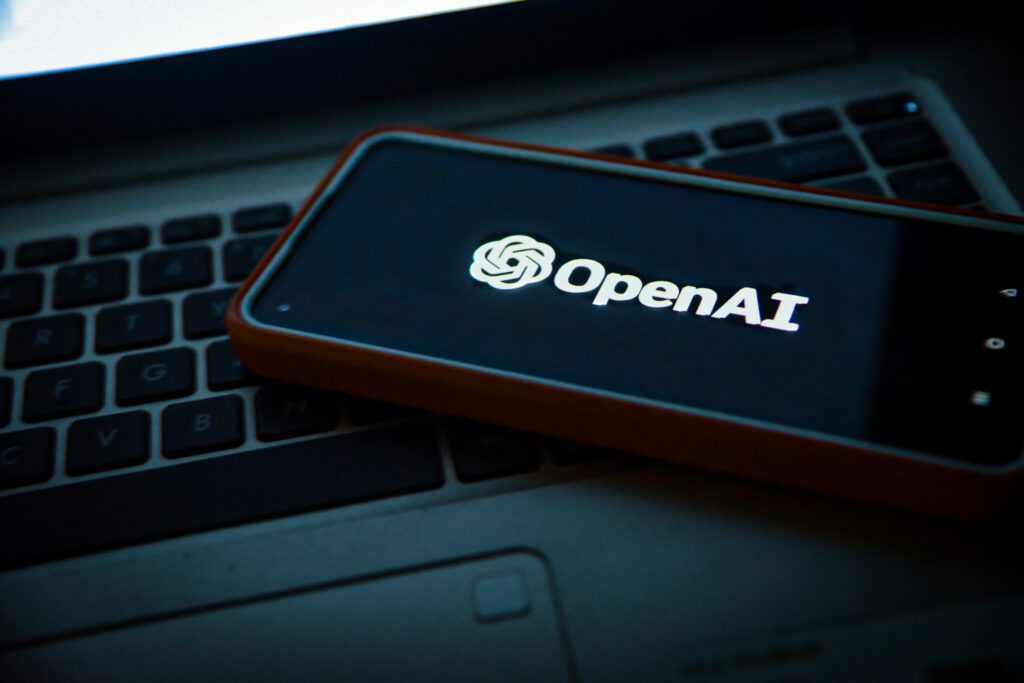How AI Companies Like OpenAI Are Evolving Their Business Models in the Age of Open-Source AI

The AI industry is rapidly evolving, with open-source models like DeepSeek V3 challenging traditional business strategies. Companies like OpenAI, once focused on non-profit goals, are now shifting toward for-profit structures to secure funding and scale their AI innovations. As more advanced AI models become publicly available, businesses must adapt their models to remain competitive. This article explores how AI companies, including OpenAI, are rethinking their business strategies to navigate the growing demand for both proprietary and open-source solutions, and how flexibility in their models is key to long-term success.
OpenAI’s Transition: From Non-Profit to For-Profit
OpenAI will transition from its non-profit structure to a for-profit model by 2025. This transition is aimed at securing the necessary capital to support its ambitious AI development projects. Originally, OpenAI was a research organization focused on advancing AI for the benefit of humanity. With the rising cost of training large models and increasing competition in the AI field, the company is now moving towards a for-profit model to attract investors and expand its operations. This shift underscores the need for AI companies to evolve their business models to sustain innovation and meet market demands.
The Impact of Open-Source AI: A Growing Challenge for Proprietary Models
Open source AI models such as DeepSeek V3 are rapidly gaining traction as they provide powerful features for free and make advanced AI accessible to a wider audience. Platforms like Hugging Face have become key players in this transformation. They offer a wide range of open source models that companies, developers and researchers can easily access and use. This trend poses a major challenge to proprietary models such as OpenAI’s GPT-4, which rely on subscription fees to generate revenue.
As more users turn to open source alternatives, proprietary AI systems need to evolve to offer unique value, such as superior performance, specialized applications or extended support. Companies like OpenAI need to differentiate their offerings with additional features, enterprise solutions or advanced security protocols that open-source models, which are often community-driven, cannot provide. In an increasingly open source-driven market, proprietary models must find innovative ways to maintain their competitive advantage and ensure their long-term sustainability.
Flexible Business Models in AI: The Key to Long-Term Success
As AI technology rapidly evolves, companies must rethink traditional business models to remain competitive and sustainable. The rise of open-source models, like those on Hugging Face, has disrupted the AI market by offering free, high-quality alternatives to proprietary systems. OpenAI itself has acknowledged the need for a flexible approach to remain relevant, stating, “We have to become an enduring company” (Business Insider). This shift requires AI companies to adapt their strategies, moving beyond simple subscription-based models.
A flexible business model in AI means embracing different revenue streams, such as offering both paid enterprise solutions and free or low-cost options for individual developers. Hybrid models, where companies combine open-source foundations with premium add-ons or services, are becoming more common. OpenAI, in its recent strategy shift, highlighted the importance of sustainable growth, stating, “We need more capital than we’d imagined” (Business Insider) to fund long-term innovations.
The hybrid model also ensures that AI technology remains accessible to everyone, while still driving revenue for the companies behind these innovations. As OpenAI continues its shift, “Our plan is to transform our existing for-profit into a Delaware Public Benefit Corporation” (OpenAI), signaling the growing importance of flexible business structures in AI’s evolving landscape.
Revenue Generation Strategies for AI Companies
Subscription-Based Models
Many AI companies rely on subscription models for steady, recurring income. Offering tiered pricing allows businesses to cater to various customer segments, from individual developers to large enterprises. Premium subscriptions often include advanced features, higher usage limits, and enterprise support.
Freemium Model
The freemium approach allows companies to offer basic services for free while charging for advanced features or add-ons. This model encourages user acquisition while generating revenue through paid upgrades. It works well for AI tools that serve a broad audience, such as natural language processing or image recognition platforms.
Enterprise Solutions and Licensing
AI companies can generate significant revenue by providing enterprise solutions, including custom AI development and licensing technology to other businesses. This strategy works particularly well for companies with specialized AI tools or models designed to address industry-specific challenges.
API Access and Pay-Per-Use
Offering API access allows companies to monetize their AI models by charging users based on the amount of usage. Pay-per-use models enable businesses to generate revenue while keeping access to their technology flexible and scalable. This approach suits businesses that provide AI capabilities for specific use cases, such as language translation or data analysis.
Partnerships and Collaborations
Strategic partnerships with other companies or research organizations can create additional revenue opportunities. AI firms can collaborate on joint ventures, product integrations, or research projects, leveraging each other’s expertise and customer base to generate shared revenue.
Conclusion
AI companies, including OpenAI, must adapt to a rapidly changing landscape driven by open source models and evolving market demands. By adopting flexible business models such as hybrid approaches, subscription services and enterprise solutions, AI companies can ensure long-term sustainability and profitability. As competition intensifies, innovation and strategic adaptation will be critical to maintain a competitive edge and meet the diverse needs of both individual developers and large enterprises.


